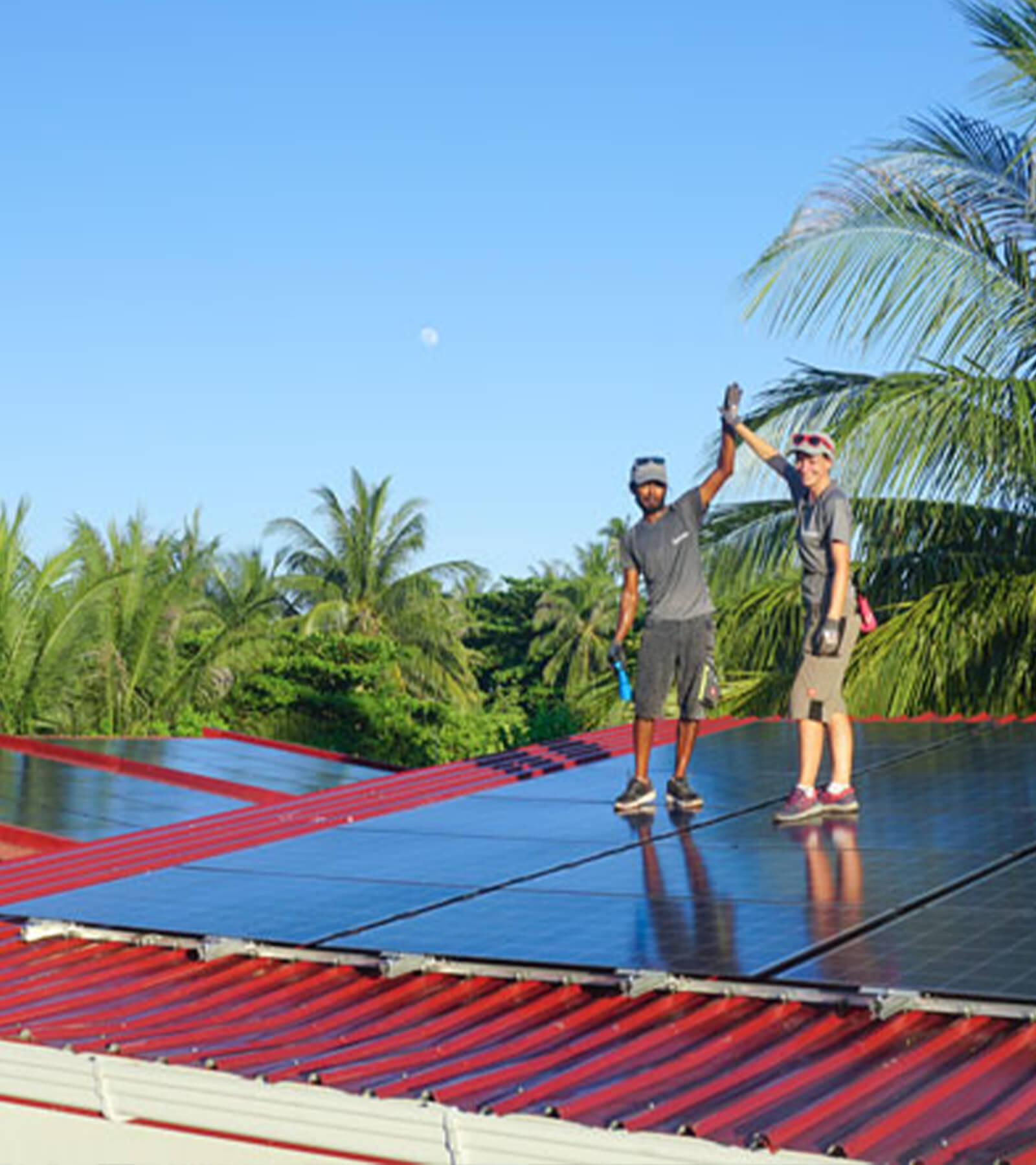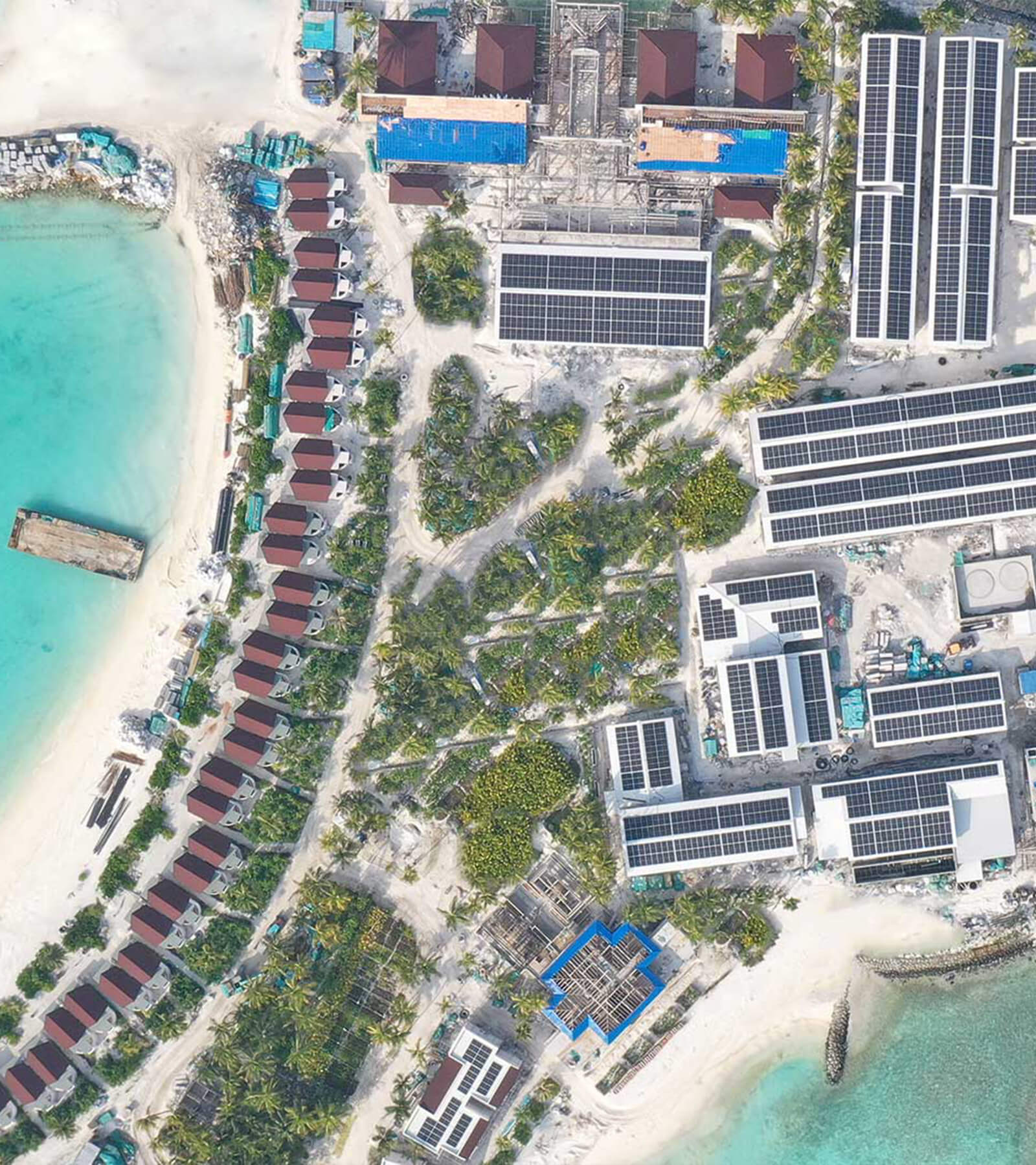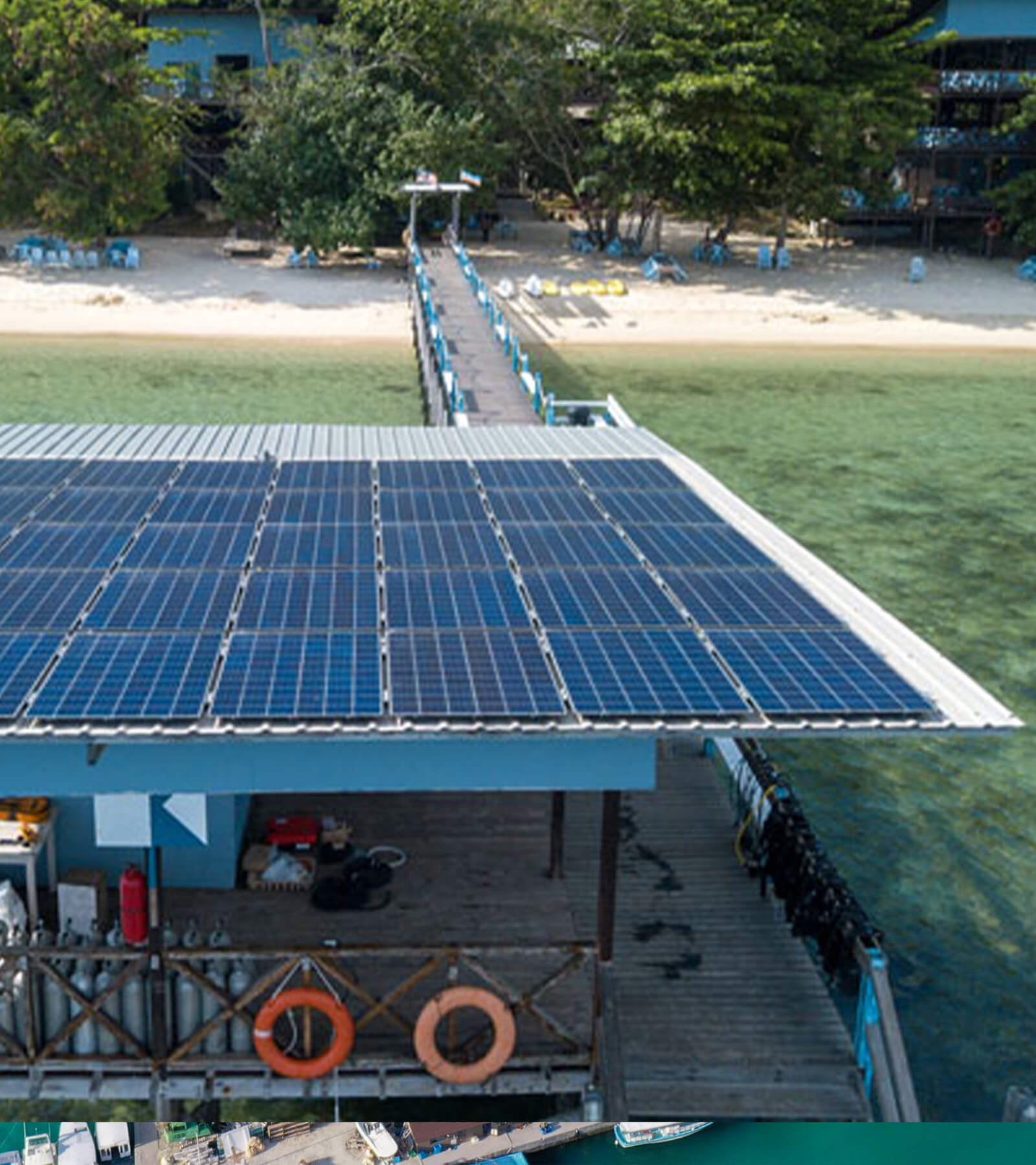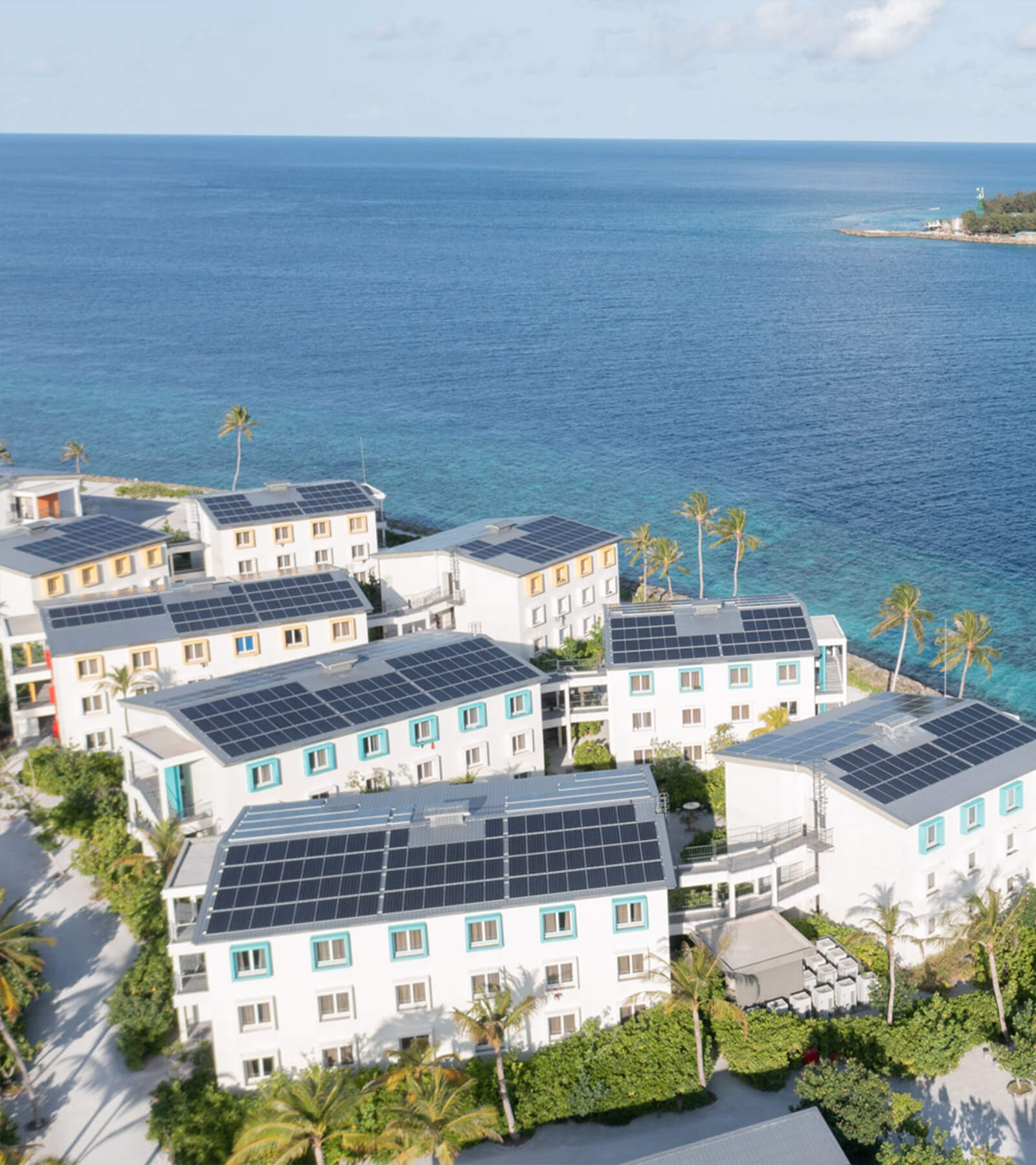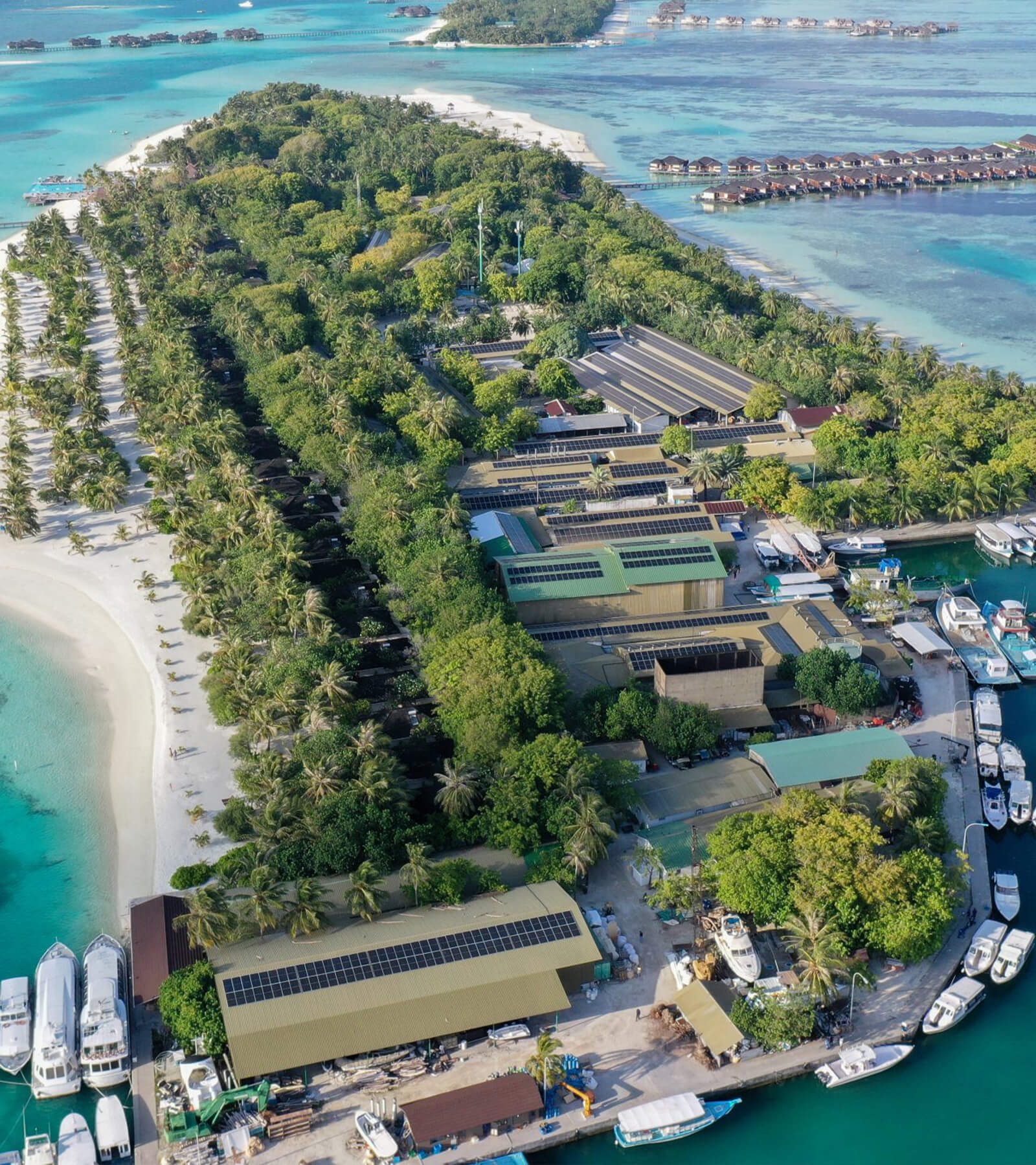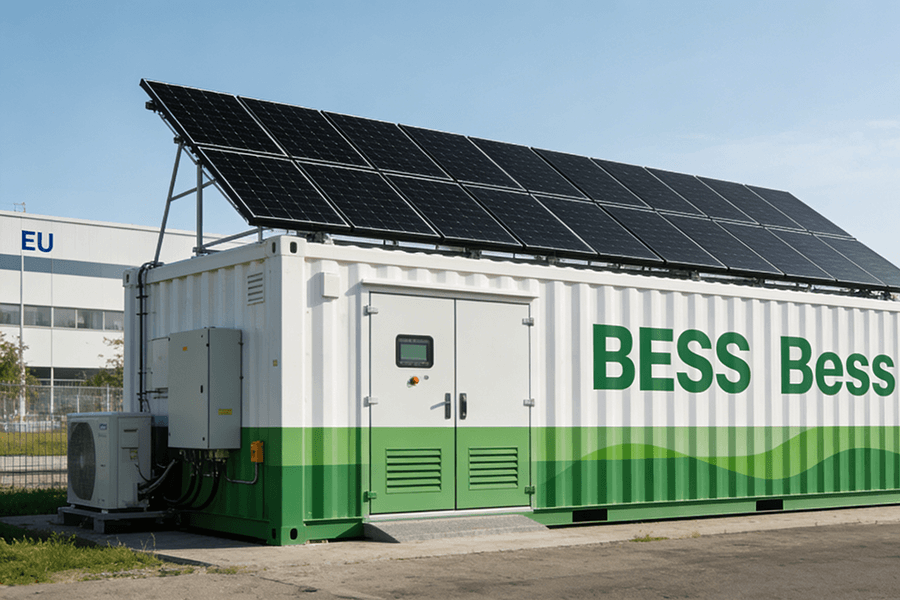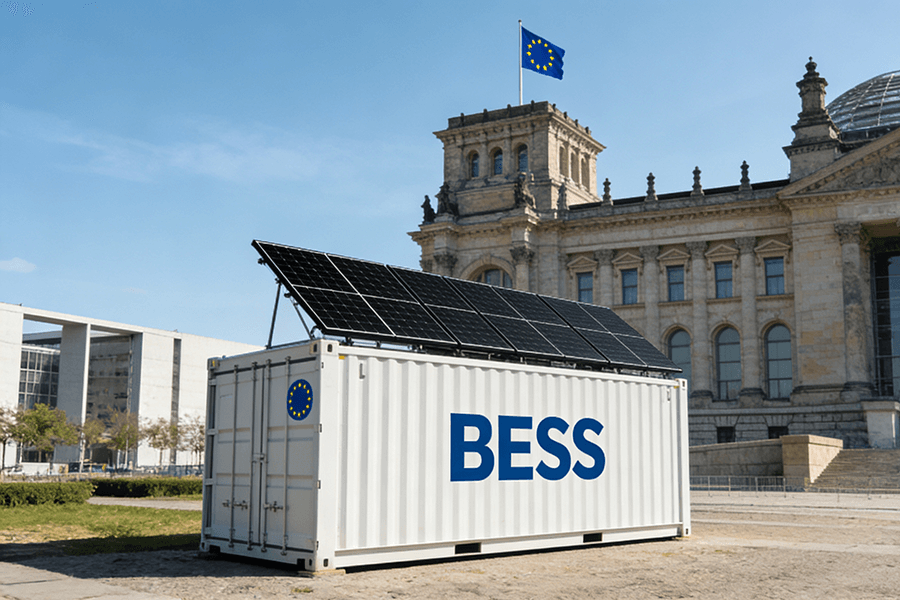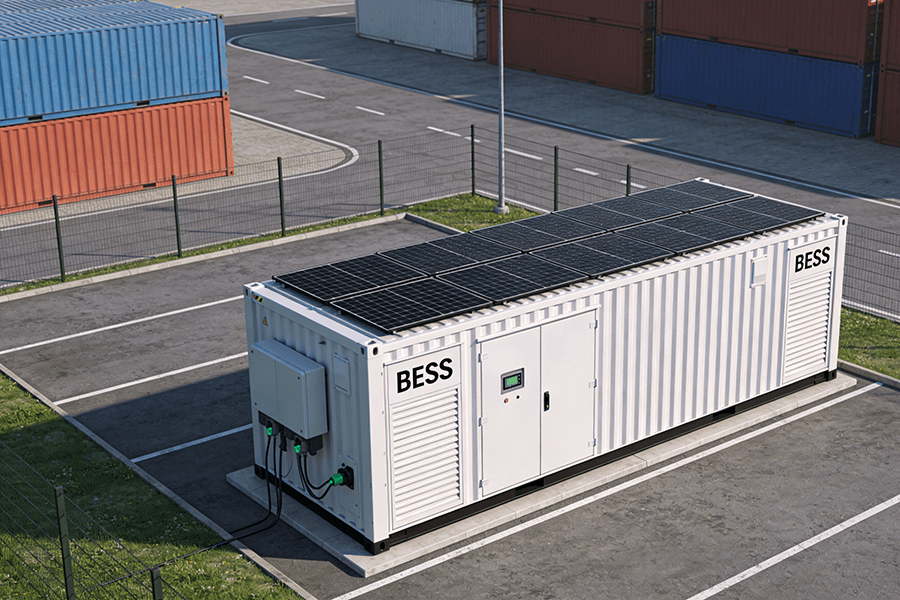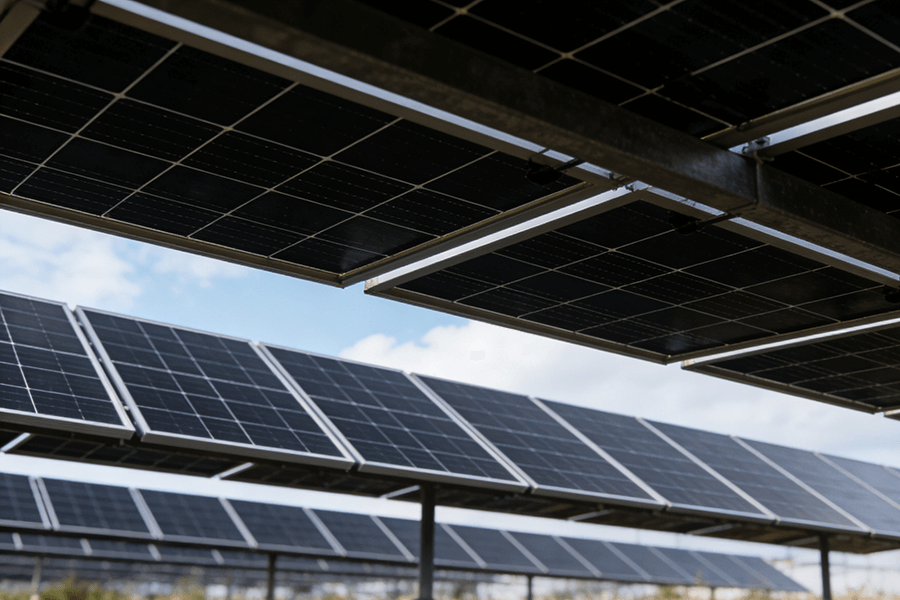Struggling with aging factory roofs and stubborn shadows? Maxbo Solar’s industrial solar panels combine cutting-edge lightweight design (<19 kg/m²) and multi-MPPT inverters to deliver 99% shade tolerance and zero structural upgrades. Backed by ISO 9001 and TÜV certifications, these panels slash energy losses by 18%+ while adapting to Europe’s toughest rooftops. Explore why 500+ factories trust the best industrial solar panels for ROI that shines—even under cranes, statues, and Gotham-level shadows.

When Your Factory Roof Says, “I Can’t Even…”
Let’s face it—industrial roofs are the unsung heroes of the manufacturing world. They’ve endured decades of weather tantrums, accidental forklift graffiti (“Dave wuz here, 1997”), and the occasional pigeon rebellion (those feathered squatters don’t pay rent).
But when you mention slapping solar panels on them? Suddenly, your roof sounds like a yoga instructor after a 12-hour retreat: “I’m not mad, just… deeply disappointed.”
Why? Because most industrial solar solutions treat roofs like a blank canvas, ignoring the fact that your 30-year-old factory roof has the structural enthusiasm of a grandpa asked to run a marathon. Bulkier panels?
That’s like forcing it to carry a sumo wrestler in roller skates. Shady spots from smokestacks or that suspiciously artistic water tower? Traditional panels throw a fit faster than a toddler denied candy.
But here’s the plot twist: Your roof doesn’t need a miracle—it needs a customized spa day. Enter solar solutions that actually listen to your factory’s groans. Lightweight tech that won’t trigger a midlife crisis. Shadow-smart systems that laugh in the face of gloom. Because if your roof could talk, it’d probably say: “Finally, someone who gets me.”
Stay tuned. We’re about to make your factory the envy of the block (and possibly the pigeons)
Lightweight Panels: The Diet Plan Your Roof Actually Wants
The Problem: Your Roof’s Midlife Crisis
Let’s be real—old industrial roofs weren’t designed for heavy flings. Adding conventional solar panels? That’s like asking your grandma to bench-press a refrigerator while reciting Shakespeare. Most factory roofs, especially those built before TikTok was a thing, have a load capacity stuck in the 20th century.
The Math That’ll Make You Sweat:
- Average conventional solar panel system: 25–30 kg/m².
- Typical aging factory roof load limit: 15–20 kg/m².
- Result: Structural panic attacks, €10k–€50k in reinforcements, and a CFO plotting your demise.
The Solution: Solar Panels That Weigh Less Than Your Excuses
Meet our featherweight solar panels (<19 kg/m²)—the CrossFit champions of the solar world. They pack industrial-strength power without demanding your roof hit the gym.
Why These Panels Are the Beyoncé of Solar
-
No Reinforcements, No Drama
- Save €10,000–€50,000 on steel reinforcements.
- Case Study: A 70-year-old textile factory in Belgium installed our panels and redirected their reinforcement budget to… an espresso machine fleet. Productivity soared. Caffeine may have helped.
-
Certified to Outlast Your Supply Chain Woes
- IEC 61215 Certified: Tested for thermal cycling, humidity freeze, and mechanical load torture. Translation: These panels laugh at hailstorms.
- Durability Data:
| Metric | Conventional Panels | Maxbo Lightweight Panels |
|---|---|---|
| Weight (kg/m²) | 25–30 | <19 |
| Annual Degradation | 0.7% | 0.5% |
| ROI Timeline | 6–8 years | 4–5 years |
| CFO Approval Rating | 😑 | 🕺 |
-
Source: IEC 61215 Standards | NREL Durability Study
-
Installation Speed: Faster Than a Viral Meme
- No structural delays = 30% faster deployment.
- Pro Tip: Pair with our pre-assembled mounting systems for a “plug-and-play” rooftop party.
But Wait—There’s Science!
A 2023 study by the European Solar Institute found that lightweight solar systems reduce installation costs by 22% for industrial retrofits. Meanwhile, factories using heavy panels reported a 17% higher risk of “roof regret syndrome” (a term we totally didn’t make up).
Source: European Solar Institute Report
Your Roof’s New Happy Place
Imagine your factory roof sipping a margarita instead of gulping antacids. With <19 kg/m² panels, you’re not just saving euros—you’re giving your roof a vacation from structural anxiety.
Up next: How to turn factory shadows into your energy BFF. Spoiler: It involves ninjas.
Shadow-Proof Power: Because Factories Aren’t Sunbathing Resorts
The Problem: Shadows Are the Ultimate Party Poopers
Picture this: Your factory’s rooftop is a solar panel’s worst dating app match. Between smokestacks, cranes, and that inexplicable bronze statue of your company’s 1980s CEO (why is he holding a briefcase?), shadows creep in like uninvited guests. Traditional solar panels? They’re the drama queens of renewables. One shady spot, and they’ll sulk, throttle output, or just quit entirely.
The Cold, Hard Math of Shade Suffering:
- 1 small shadow can reduce a traditional string inverter system’s output by 20–30%.
- Partial shading costs factories an average of 15–25% annual energy losses—enough to power 500 espresso machines (or 1 very angry CFO).
- Source: NREL Shading Impact Study, 2022
The Solution: Multi-MPPT Inverters (aka Solar Ninjas)
Meet the multi-MPPT inverters—the rooftop equivalent of splitting a pizza into 8 slices so everyone gets pepperoni. These stealthy gadgets divide your solar array into independent zones, letting shaded areas sulk in peace while sunny spots work overtime.
Why Your Factory Needs These Shadow Assassins
-
Up to 99% Shadow Tolerance
Even if your factory resembles Gotham City on a cloudy day, these inverters keep energy flowing like a caffeinated river.Performance Comparison:
| Scenario | Traditional Inverter | Multi-MPPT Inverter |
|---|---|---|
| 10% Shaded Area | -25% Output | -2% Output |
| 30% Shaded Area | -60% Output | -8% Output |
| ROI Impact (Annual) | 18% Longer Payback | <5% Delay |
| Maintenance Team’s Mood | 😤 | 😎 |
-
Source: Fraunhofer Institute Study, 2023
-
Real-World Wins: No More Blaming the Statue
- German Auto Plant Case Study:
- Problem: A 10m-tall founder statue cast shadows on 15% of panels. Energy losses: 18%. Blame games: Weekly.
- Solution: Swapped to multi-MPPT inverters.
- Result: Energy losses dropped to 3%, saving €26,000/year. The statue is now just… weird art.
- Source: SolarPower Europe Case Library
- German Auto Plant Case Study:
-
Future-Proof Design for Chaotic Rooftops
- Dynamic Rebalancing: Adjusts power flow in real-time, like a DJ remixing energy output.
- Scalability: Add cranes, sculptures, or even a rooftop goat (we don’t judge)—the system adapts.
But Wait—There’s Physics!
A 2023 MIT study proved that factories using multi-MPPT inverters recover 92% of potential shading losses, compared to 45% with traditional setups. Meanwhile, engineers reported a 70% reduction in “Why is this panel napping?!” emails.
Source: MIT Energy Initiative Report
Your ROI Stays Sunny, Rain or Shade
Think of multi-MPPT tech as insurance against rooftop chaos. No more tiptoeing around shadows or bribing pigeons to relocate. Just pure, uninterrupted power—and a CFO who might finally smile.
Coming next: Why Maxbo Solar’s combo of lightweight panels + shadow ninjas makes your factory the superhero of sustainability. Spoiler: Cape sold separately.
Why Maxbo Solar? (Yes, We’re Bragging. You’re Welcome.)
Hi there! We’re Maxbo Solar, and we’ve got a slightly unhealthy obsession with industrial solar challenges. While others panic about shadows and sagging roofs, we’re over here turning factories into renewable energy rockstars. Here’s why 500+ European factories flirt with us:
Reason 1: We Speak “Old Roof” Fluently
Our team lives for retrofitting. We’ve rescued crumbling roofs older than the Eurozone, including:
- A 1940s Danish shipyard (now producing 1.2 GWh/year and hosting rooftop yoga).
- A French cheese warehouse (saving €18k/year—enough to buy 4,500 wheels of Brie).
Certified Roof Whisperers:
| Certification | Why It Matters | Source |
|---|---|---|
| ISO 9001:2015 | Rigorous quality control (no duct tape allowed) | ISO Certification |
| TÜV Rheinland Approved | German-engineered reliability | TÜV Rheinland |
| EU Solar Keymark | Compliance with every Brussels directive | Solar Keymark |
Reason 2: Shadow Whisperers™ (Patent Pending)
Our multi-MPPT inverters don’t just tolerate shade—they mock it. While competitors’ systems faint at the sight of a crane, ours thrive in factory jungles.
Case Study: The Statue That Almost Killed ROI
- Client: German auto plant with a shadow-casting founder statue.
- Maxbo Fix: Installed inverters + lightweight panels.
- Result: 97% efficiency retention, €26k/year savings.
- Source: SolarPower Europe Case Study
Reason 3: Europe’s Favorite Solar Wingman
We’re not just in Europe—we’re obsessed with it.
- Warehouses: Rotterdam (main hub), Berlin, Milan.
- Installers: 200+ local experts who’ve memorized EU Directive 2018/2001 and know the best pub near your factory.
- Speed: Avg. project rollout: 8 weeks (vs. industry avg. 14 weeks).
By the Numbers:
| Metric | Maxbo Solar | Industry Average |
|---|---|---|
| Client Retention Rate | 94% | 68% |
| CO2 Savings/Year | 620,000 tons | 320,000 tons |
| Coffee Consumed | 12,000 cups | ¯_(ツ)_/¯ |
Source: Eurostat Industrial Energy Report, 2023
Visit us at www.maxbo-solar.com—where “impossible” factories become solar legends.
P.S. Our coffee machine runs on solar power. Just saying.
Golden Rule: A system with <7-year payback is a no-brainer. Longer than 10 years? “Ask for a discount… or a therapist.”
Conclusion: Your Factory’s Midlife Crisis Starts Now
Upgrading to industrial solar isn’t just about saving euros. It’s about giving your factory a glow-up that’d make Netflix documentaries jealous. Imagine:
- A roof so light, it practically floats.
- Inverters so smart, they’d outwit a chess grandmaster.
- A CFO so happy, they’ll finally approve the espresso machine.
Why Wait? Every month delayed costs you €2,500–€7,000 in missed savings (and yes, we did the math).
Ready to make your factory the talk of the town—and maybe the 6 o’clock news? Let’s chat.
P.P.S. The pigeons are organizing. Don’t let them win.

